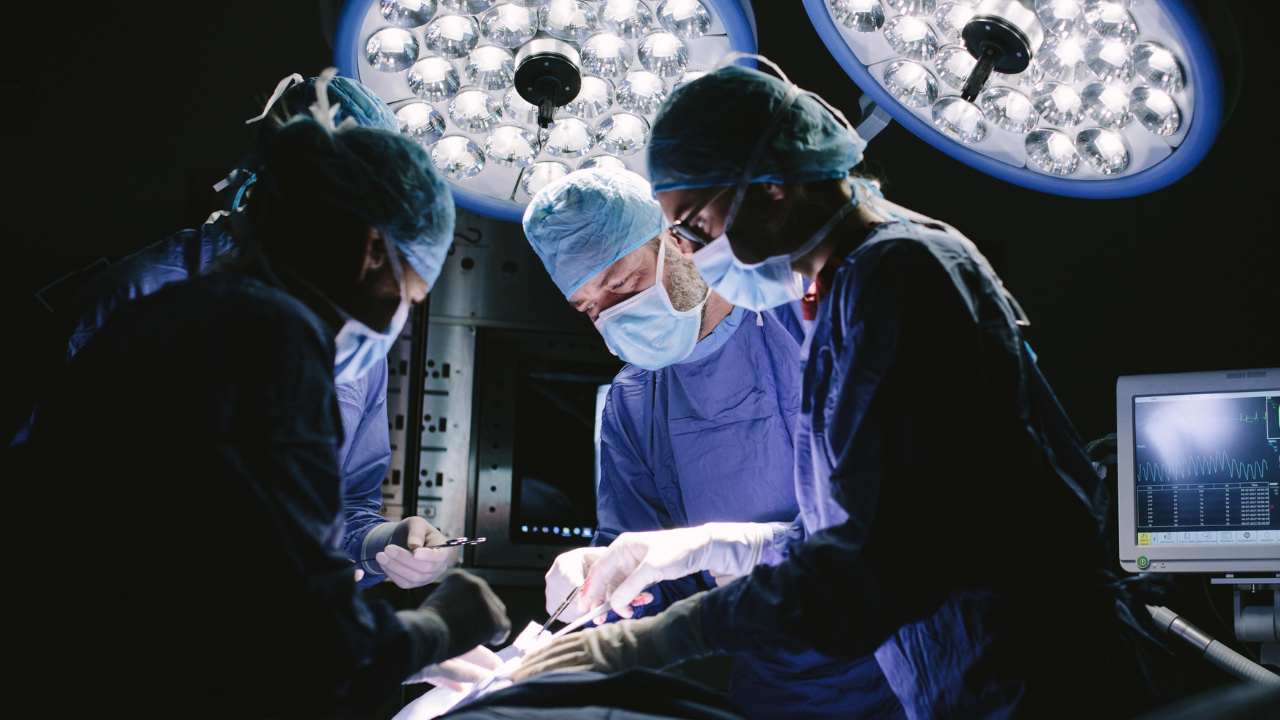BJS Academy
The BJS Academy is the educational arm of the BJS Foundation. A hub to meet, learn, be mentored, discuss, listen and understand the education and accreditation opportunities available

The BJS Academy is the educational arm of the BJS Foundation. A hub to meet, learn, be mentored, discuss, listen and understand the education and accreditation opportunities available

As surgical science advances at an extraordinary rate, all surgeons have a duty to keep up to date to offer their patients treatment based on the latest research.
To support the professional development of general surgeons of all specialties, Continuing surgical education provides a wealth of formal digital courses, specialty digests and much more.
A myriad of skills and qualities are required to sustain a career in this field, including personal sacrifice, dedication and resilience. In this section, surgeons can access a series of publications exploring this important topic.


Dedicated to and managed by surgeons in training, Young BJS offers everything a trainee could need to supplement and expand upon their core learning.
Focusing on the importance of surgical research, it gives trainees the opportunity to read and critique research, design surgical projects and optimise their chances of being published in peer-reviewed journals.

Talha Malik

Ye Htet Aung
This section is designed to add value to the articles published in BJS and BJS Open.
If you wish to send a written (or even recorded) comment on one of the published articles, please send it to katie@bjsacademy.com.
If you wish to respond more immediately, please use social media directly by tagging @BJSurgery, @BjsOpen or @BJSAcademy


Susan J Moug
Designed to help the busy surgeon keep up to date, Scientific surgery provides succinct summaries of new and interesting information collated from leading surgical journals and digital media.
Exploring topics relevant to both surgeons and people without medical training, Surgical news is accessible to everyone.
Many patients seek reliable information on the best treatments for surgical diseases, whilst others have a general interest in reading quality articles about surgeons and surgical practice.


Dr Paul McCoubrie
The talented team behind the Academy bring a wealth of knowledge and experience to their roles.
The Academy website is managed by IT partners, River Valley Technologies, a Content Management team coordinated by ACS Global and a BJS Academy Board managed by Robert Hinchliffe.

Editor in Chief
Robert Hinchliffe manages and coordinates the activities of BJS Academy.

BJS Academy Board
Supporting the Editor in Chief, this team creates the Academy’s educational resources.

Management team
This team supports the Editor in Chief to deliver the strategy and manage the delivery of the Academy.